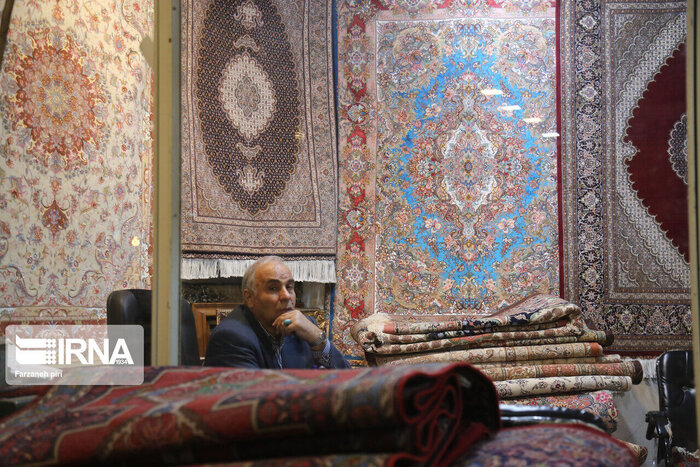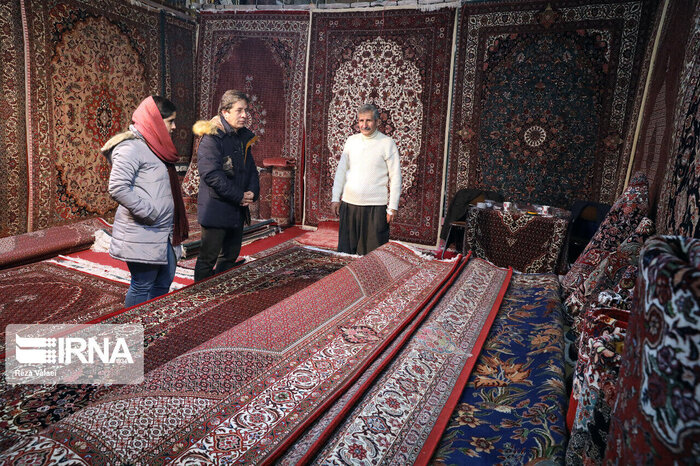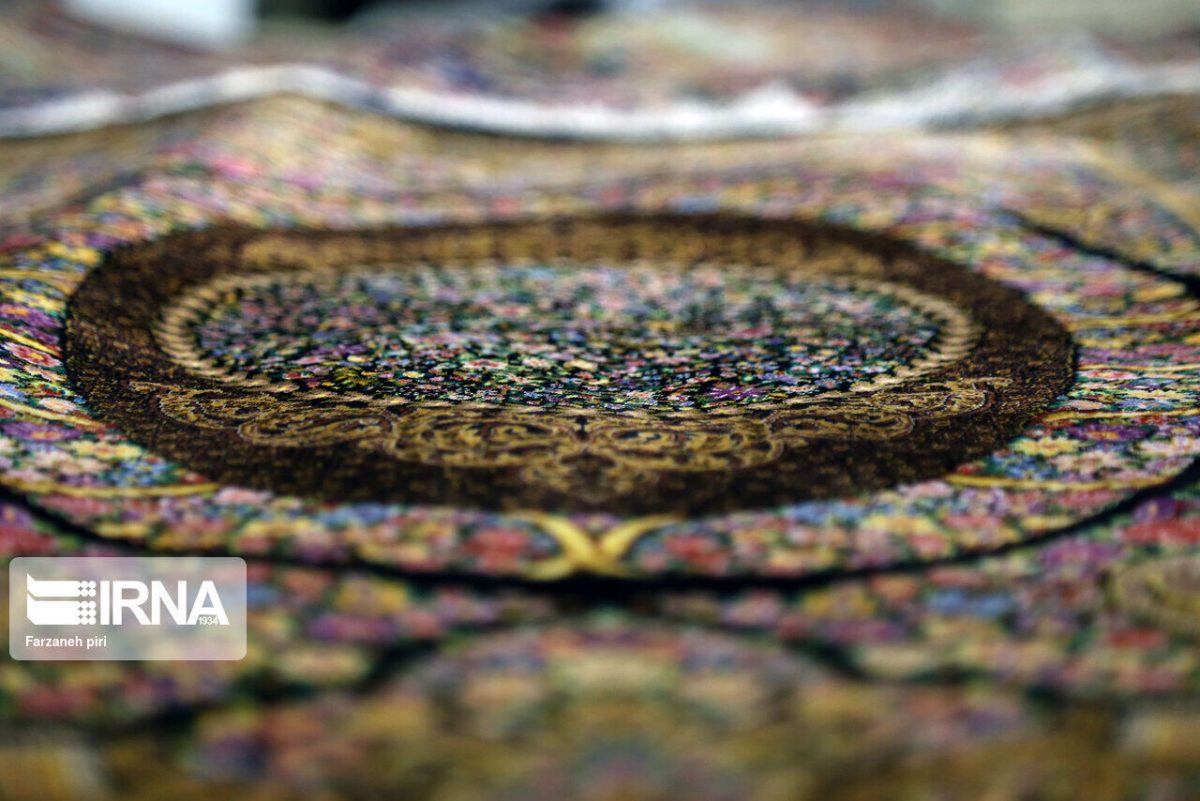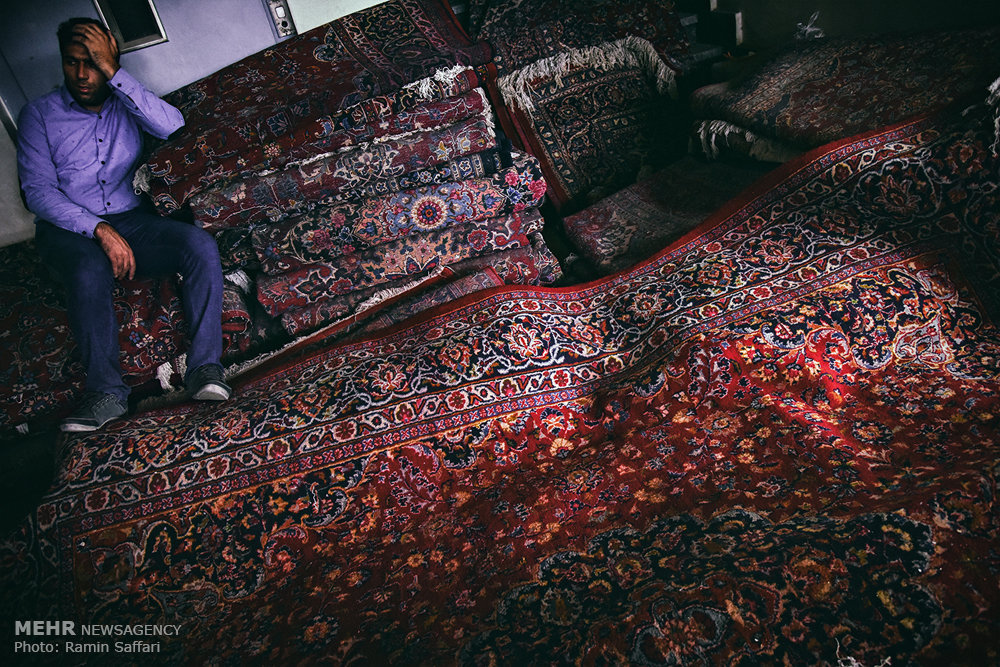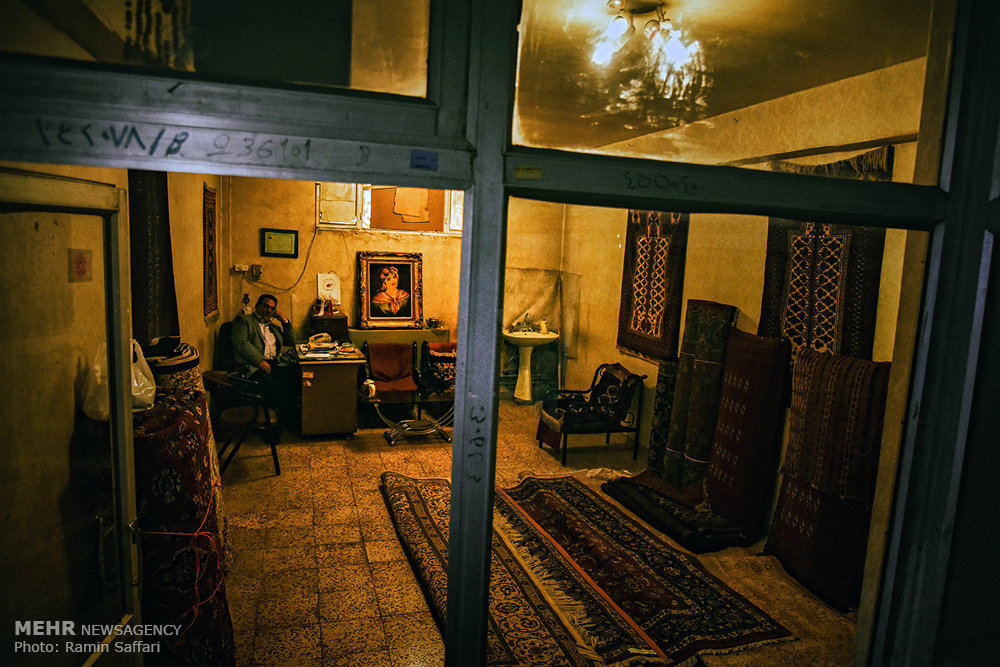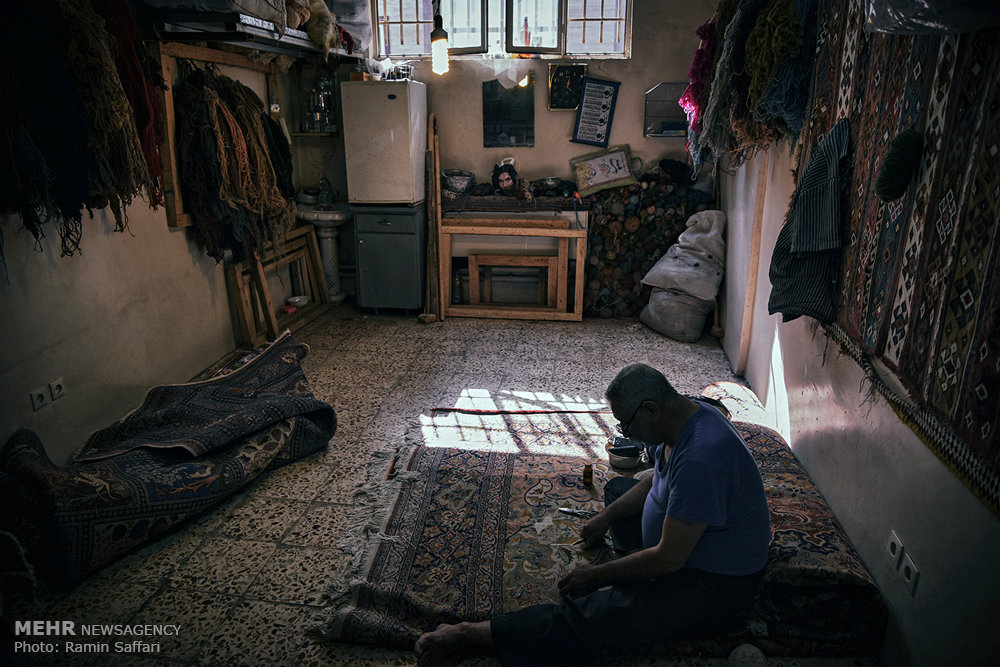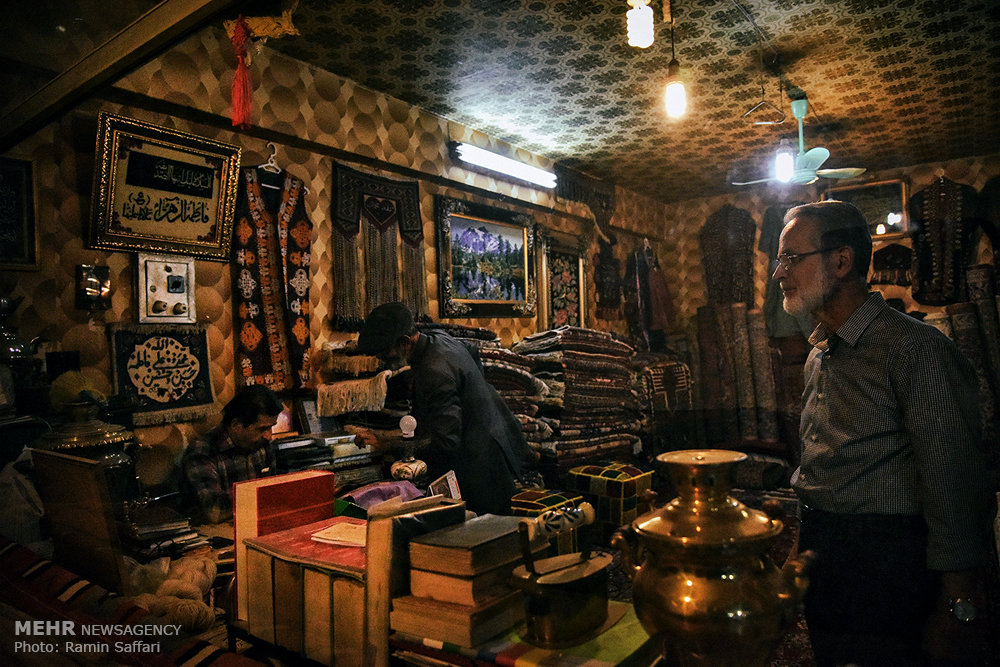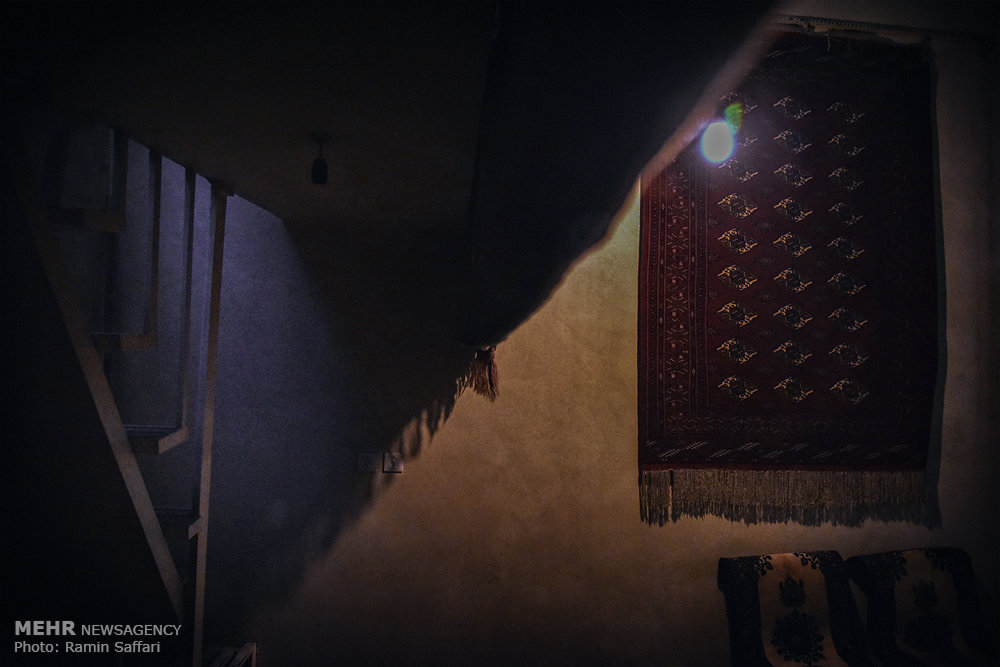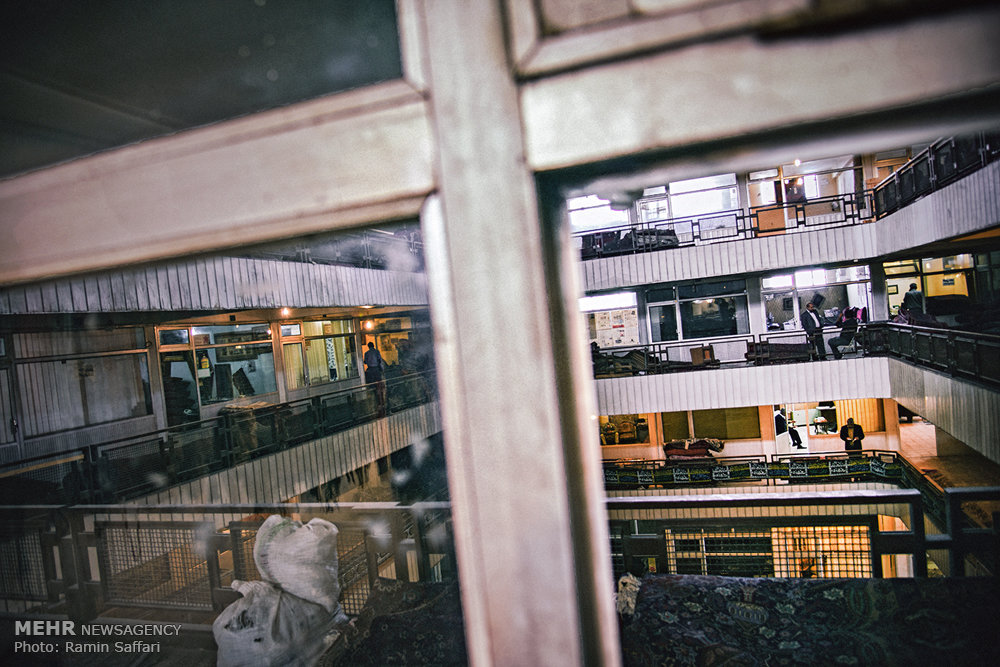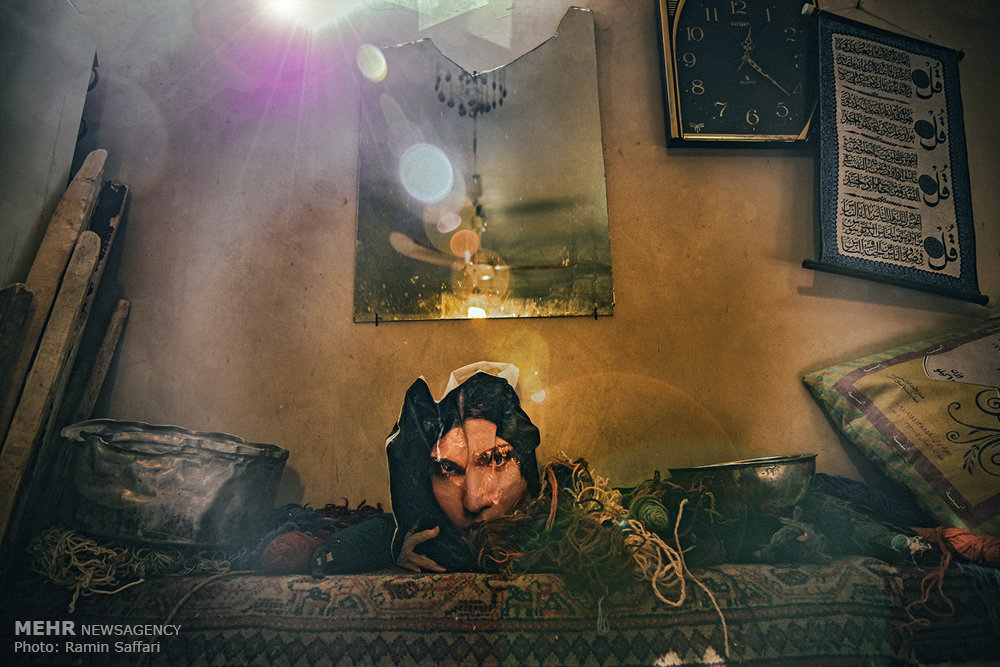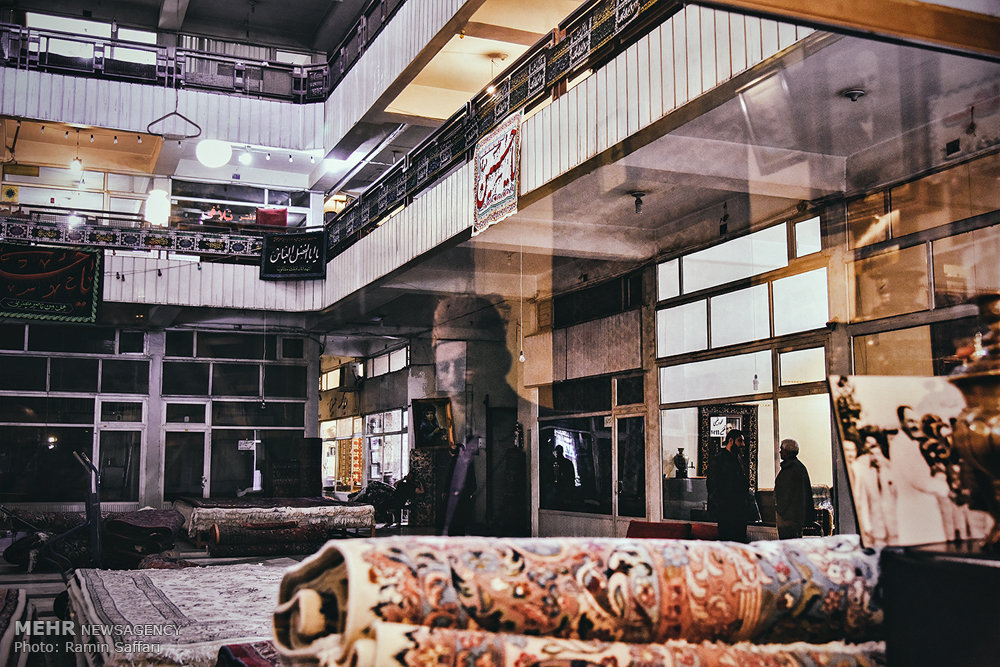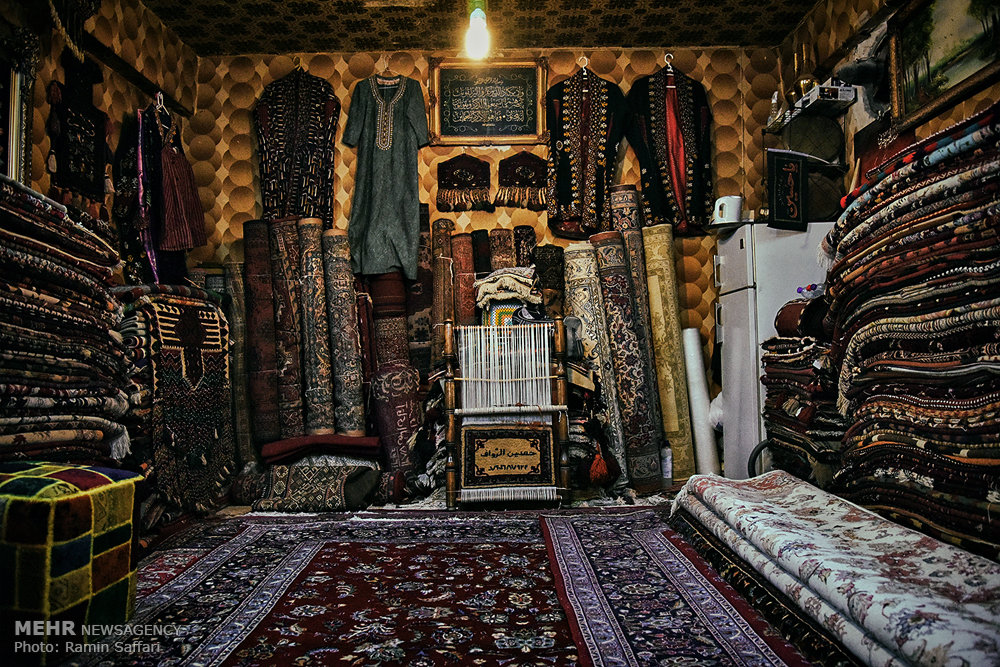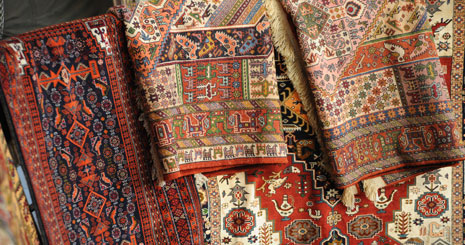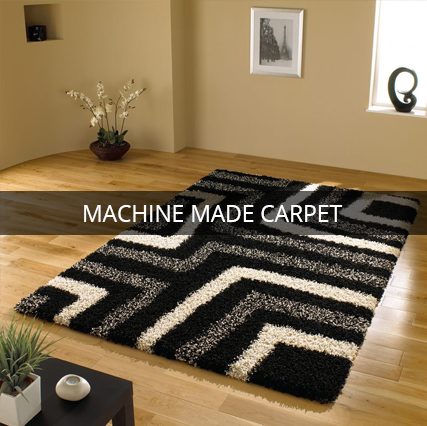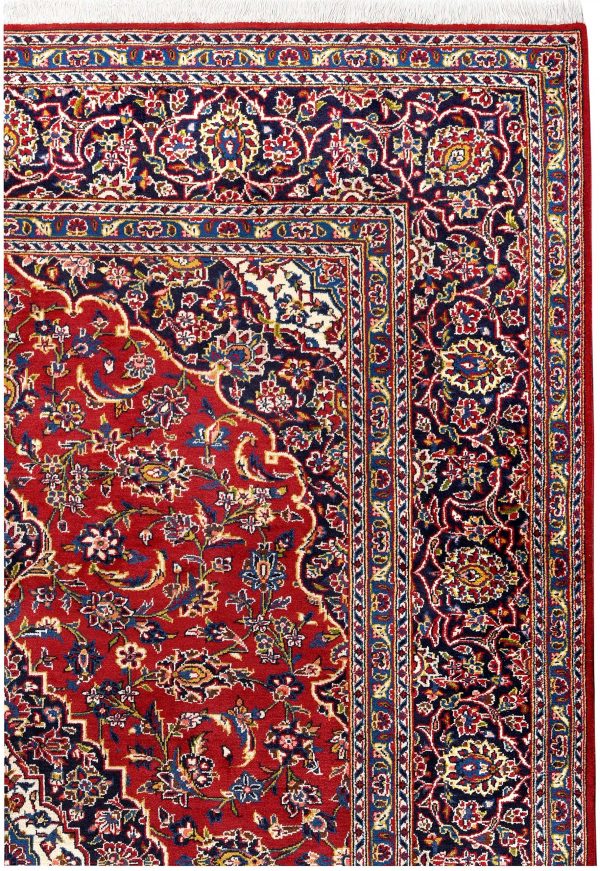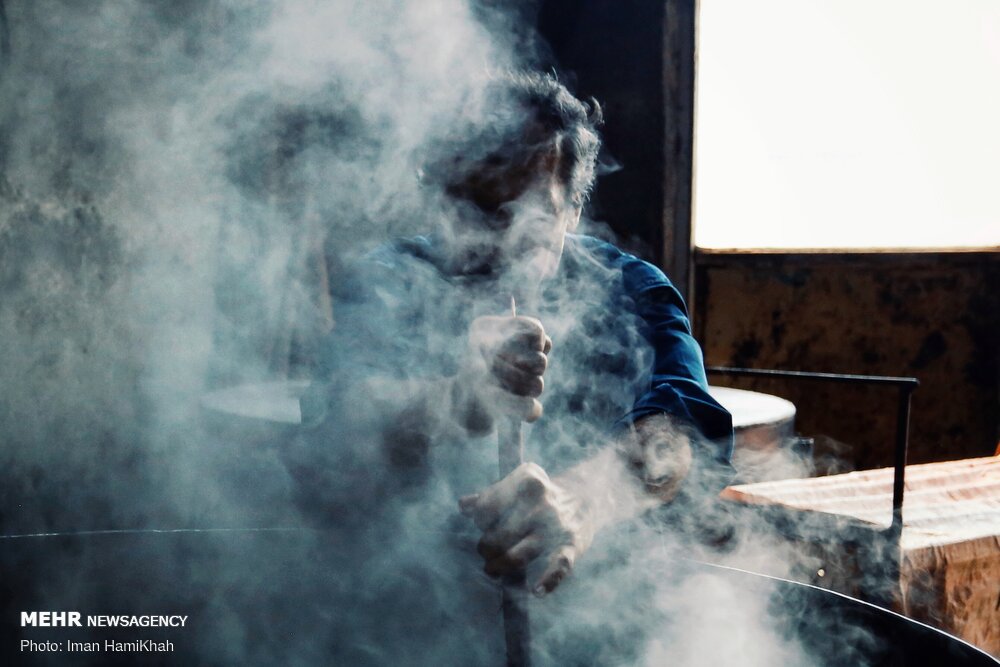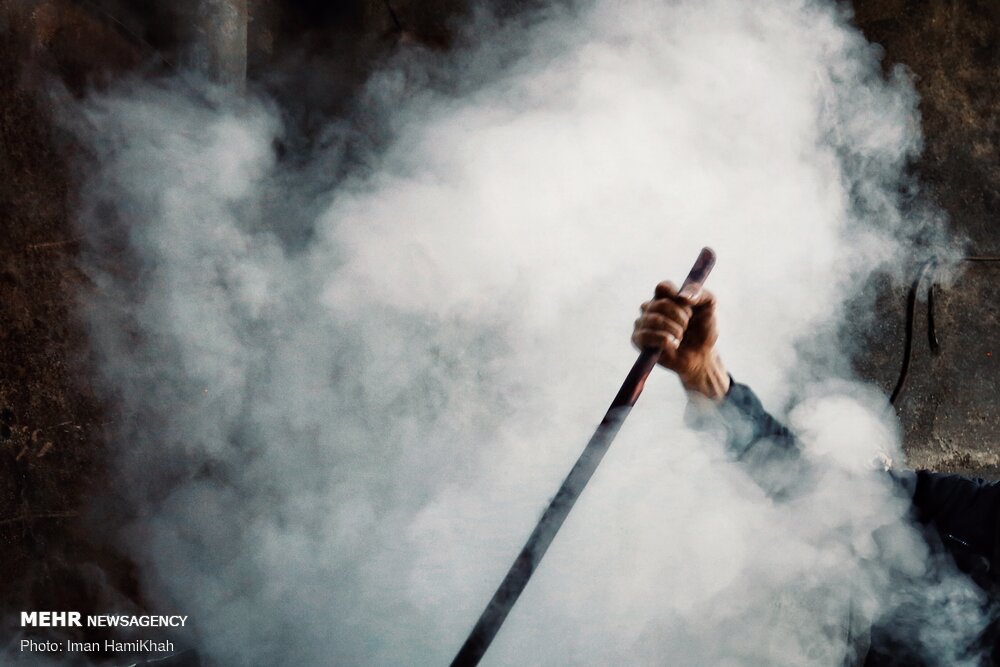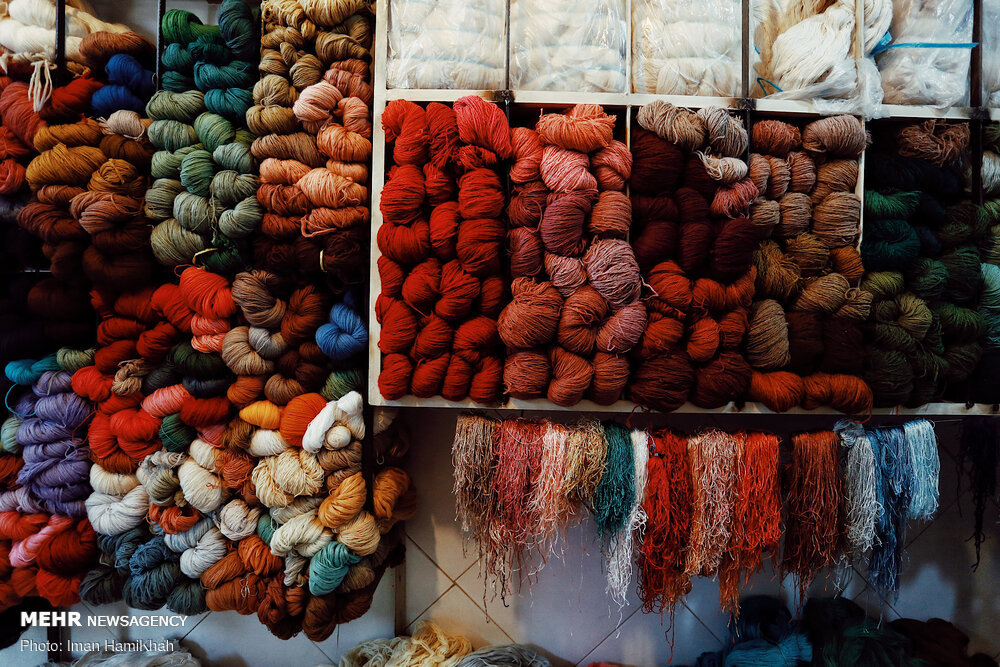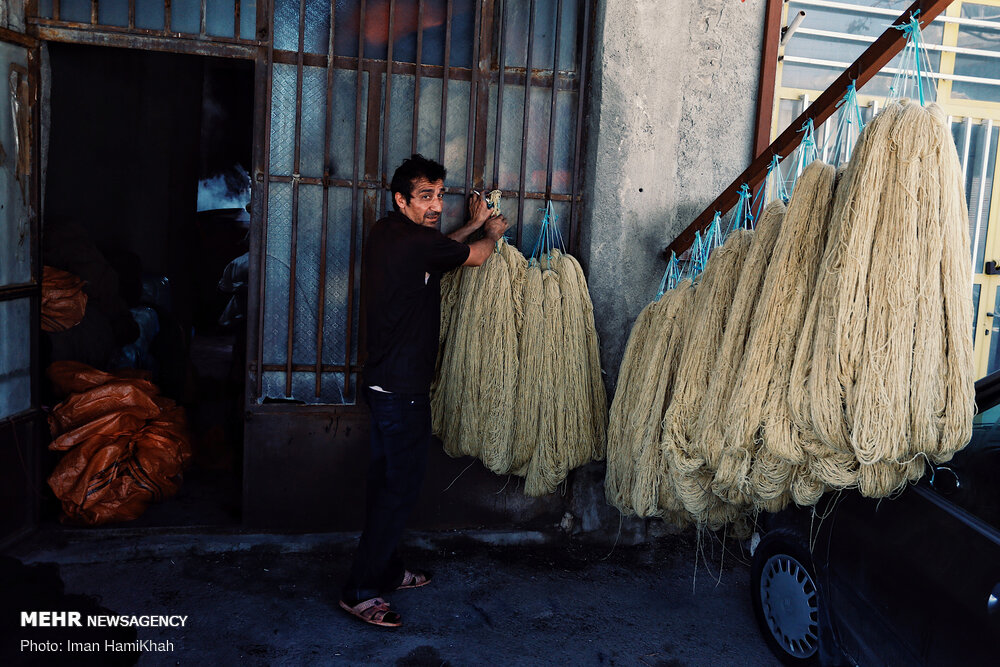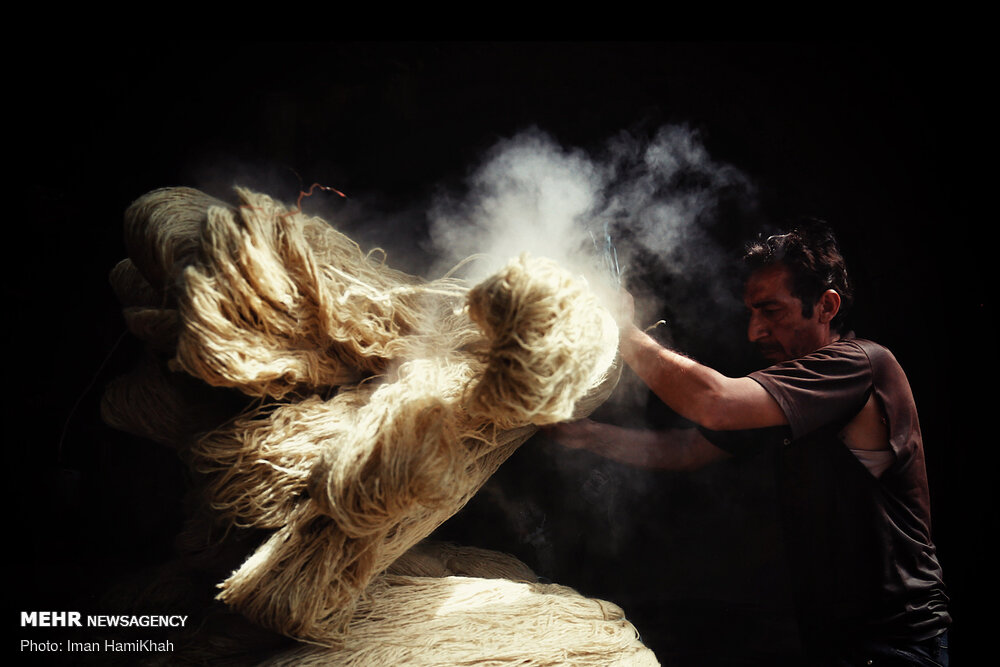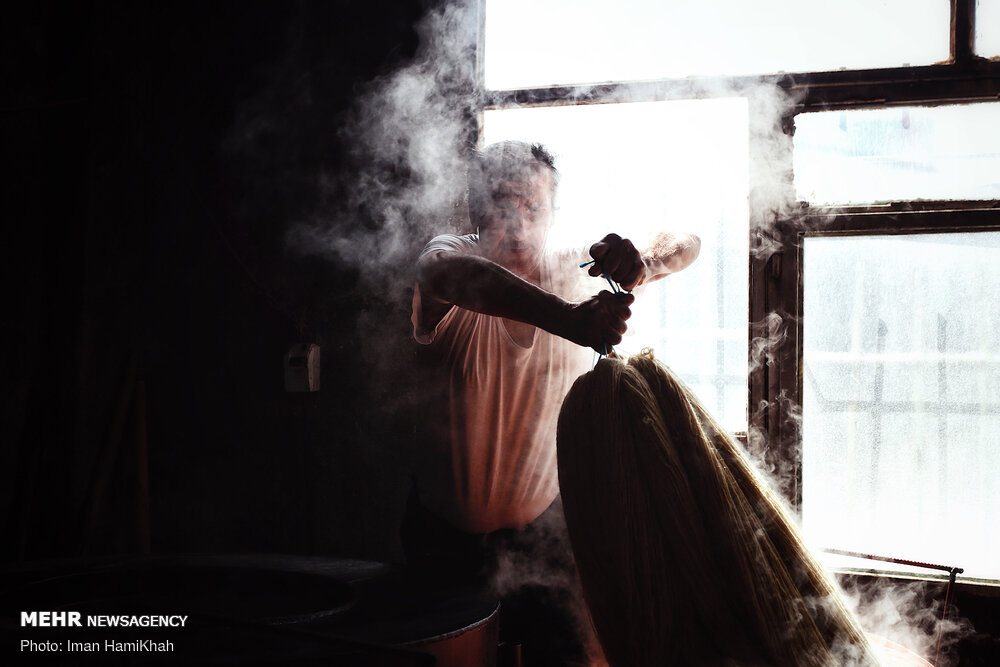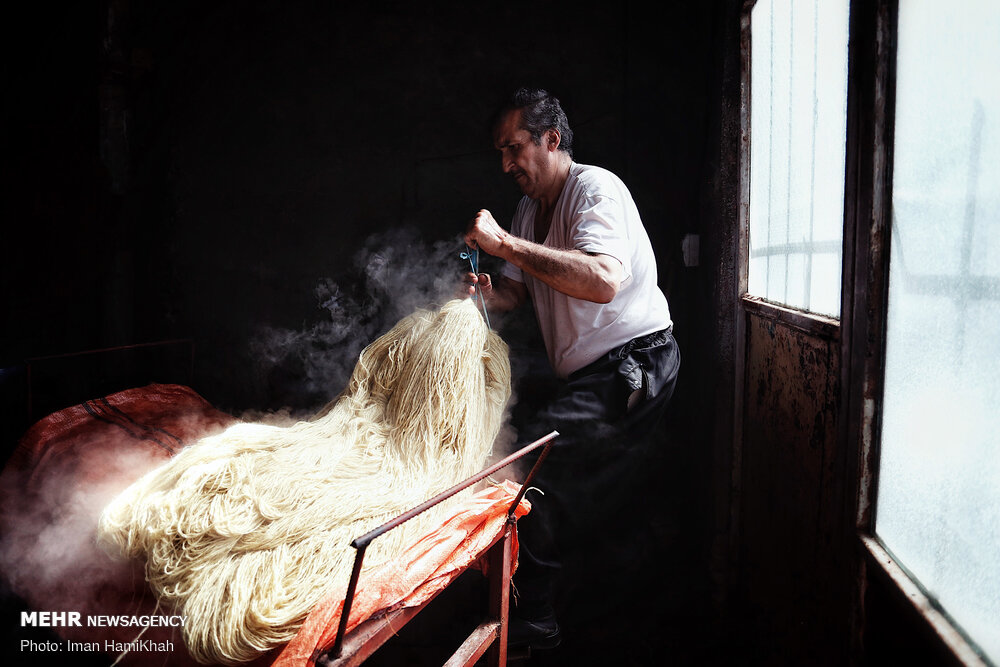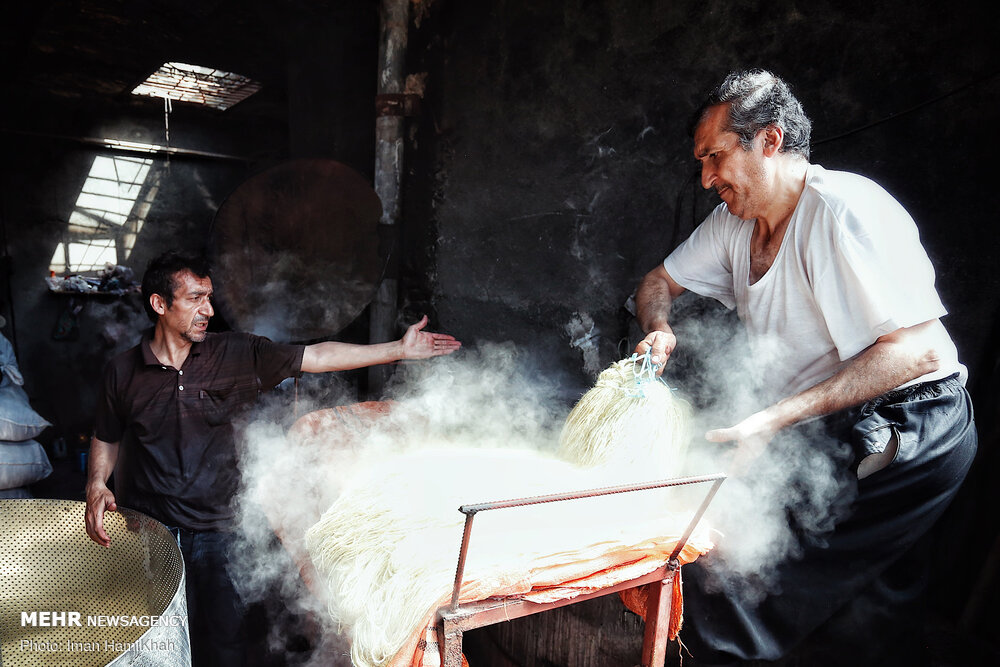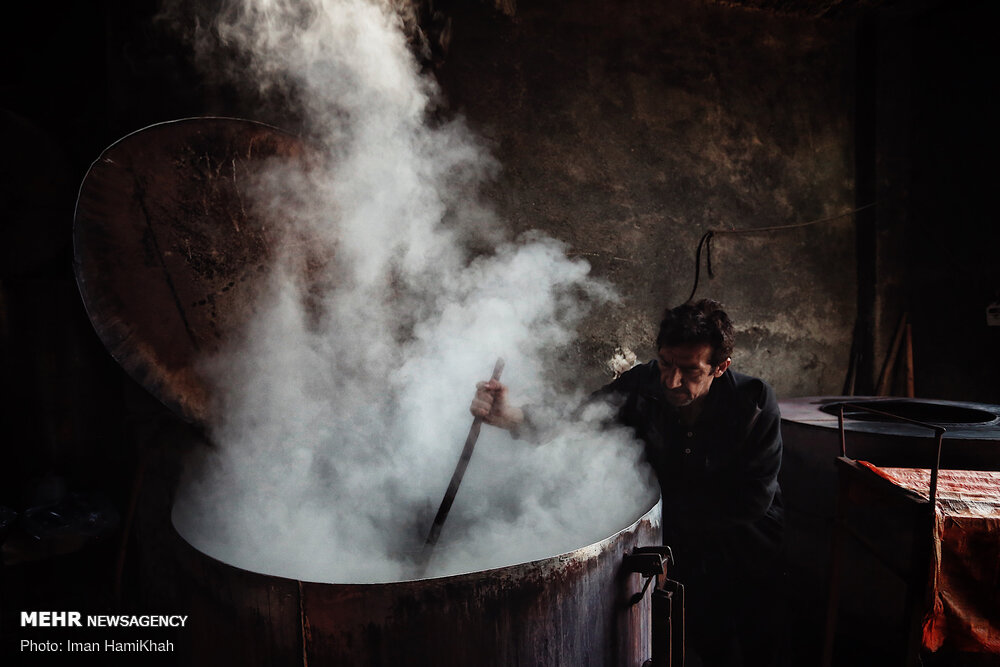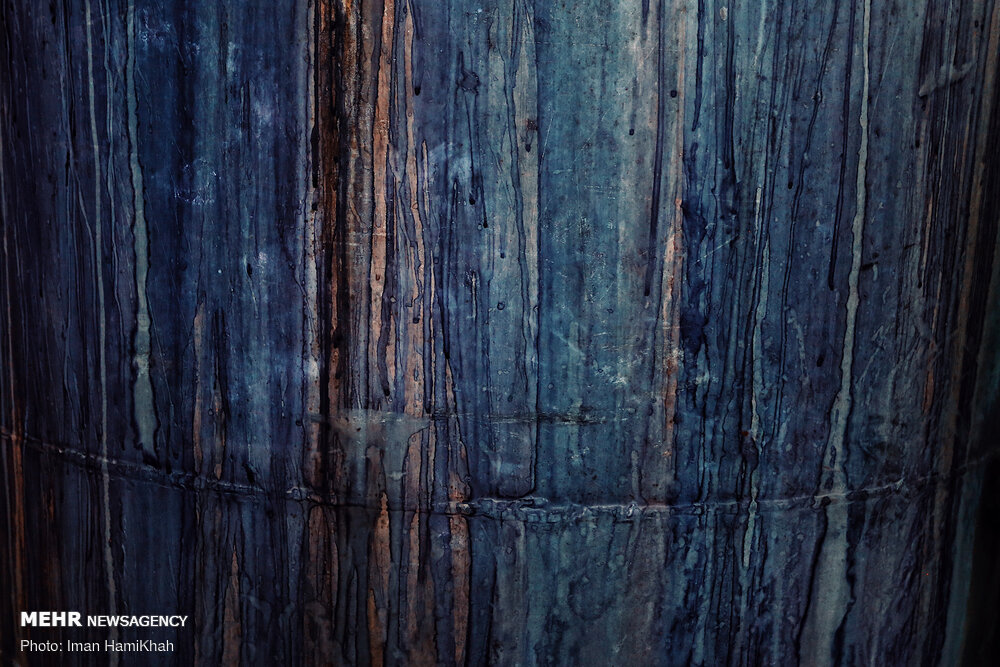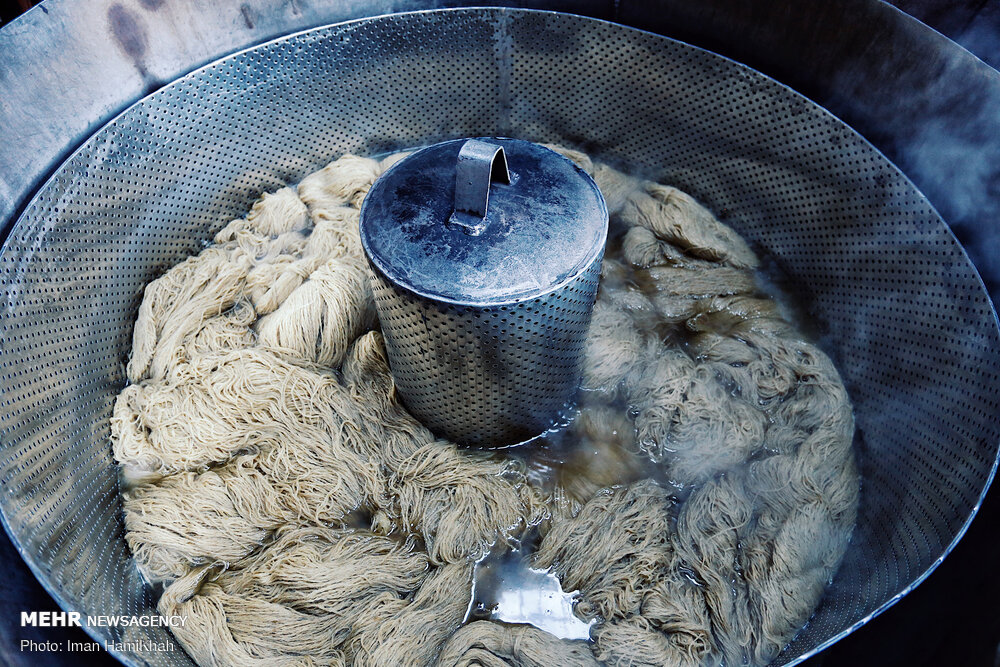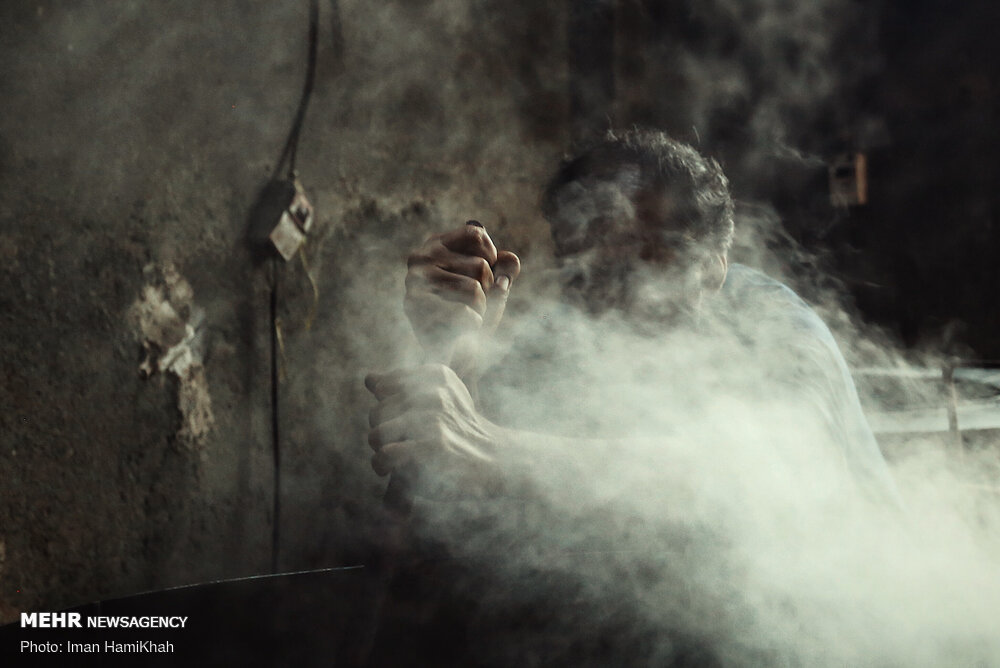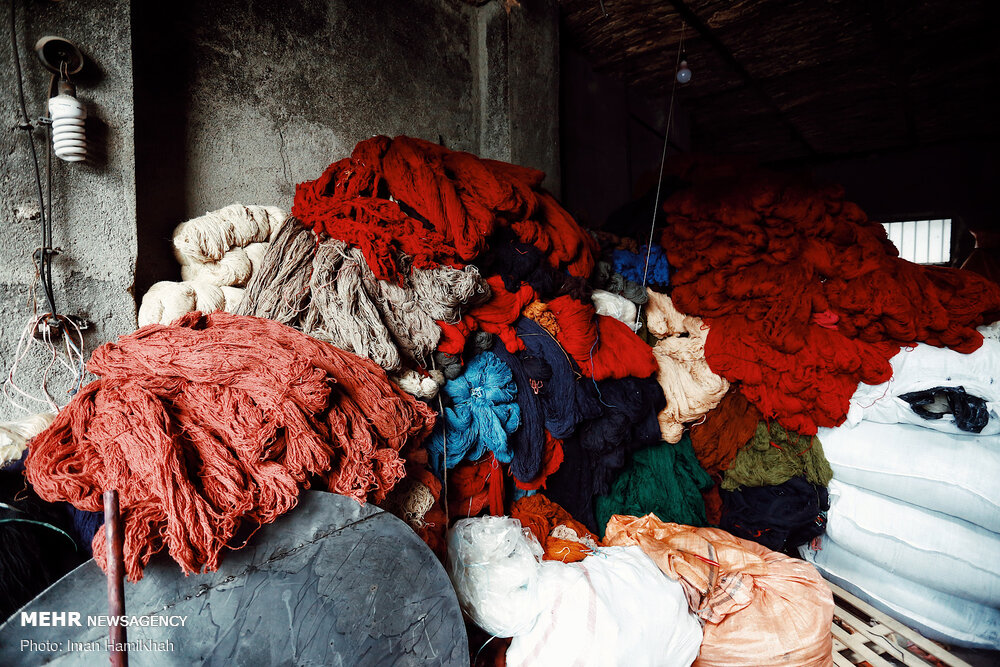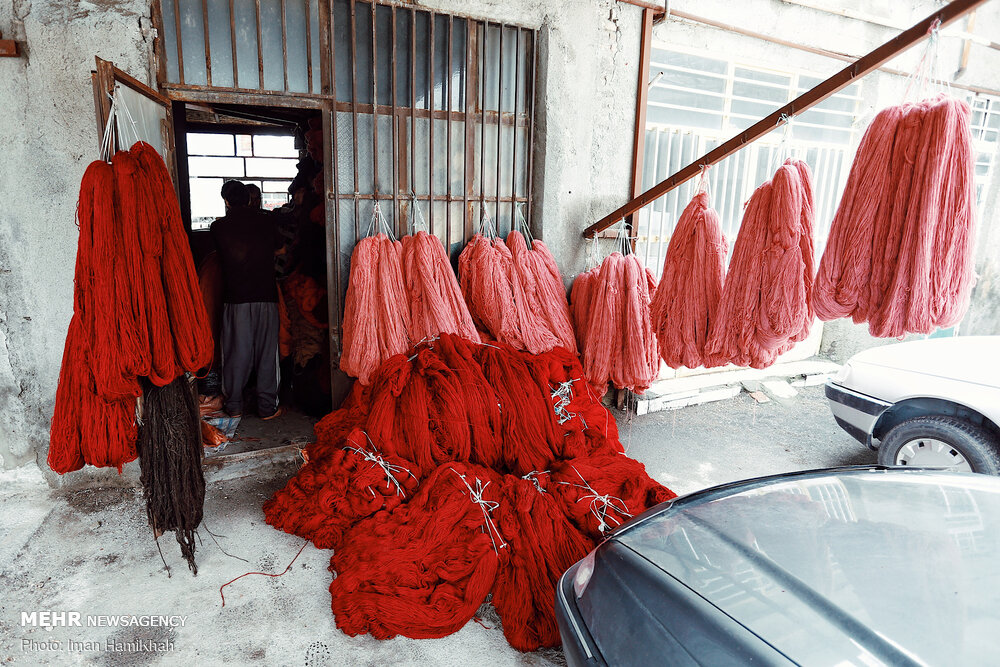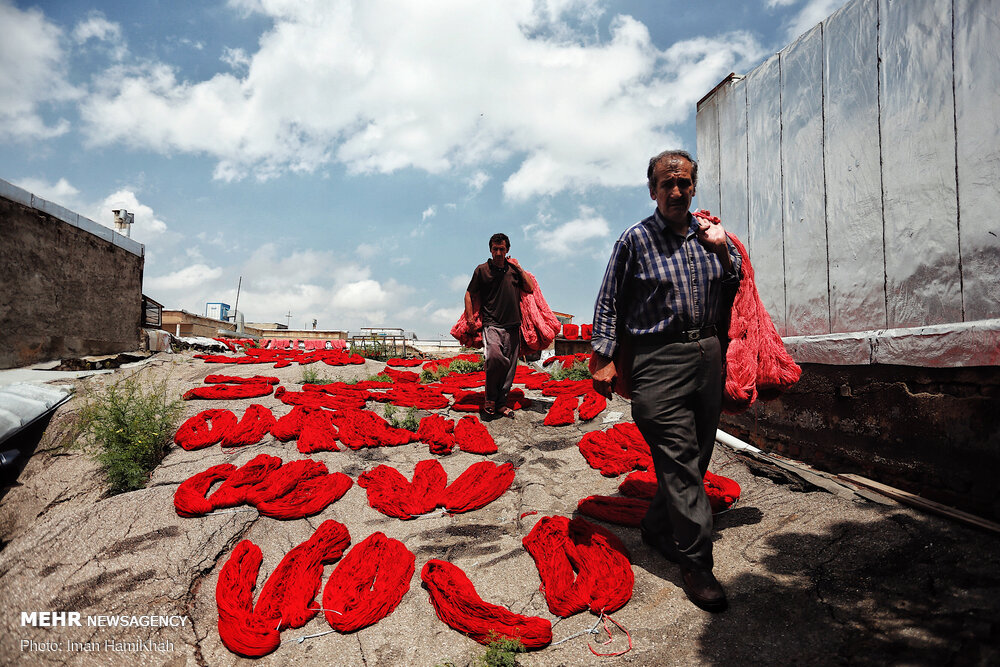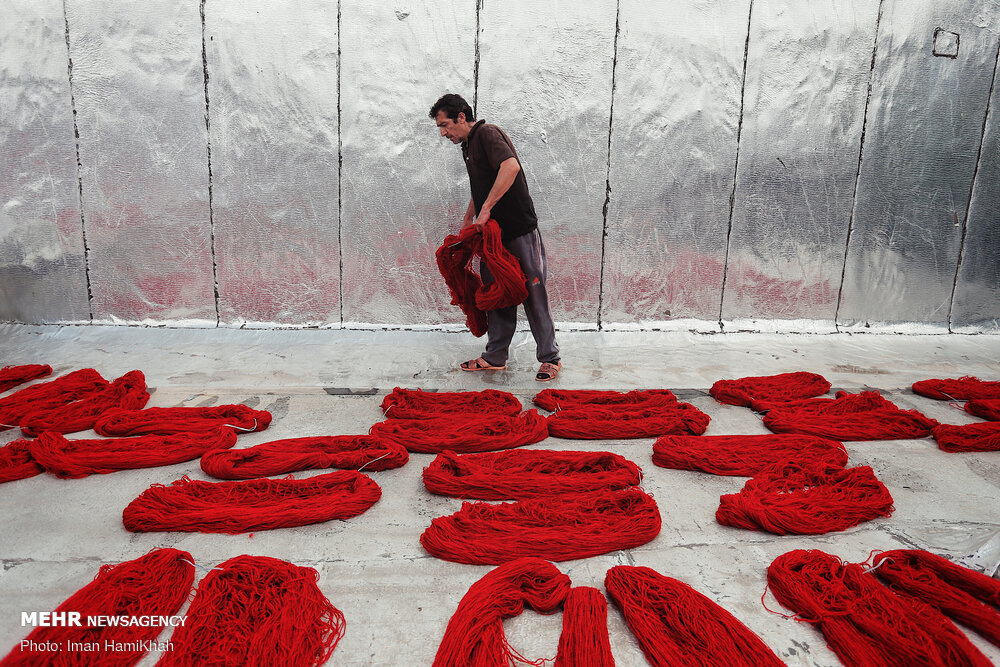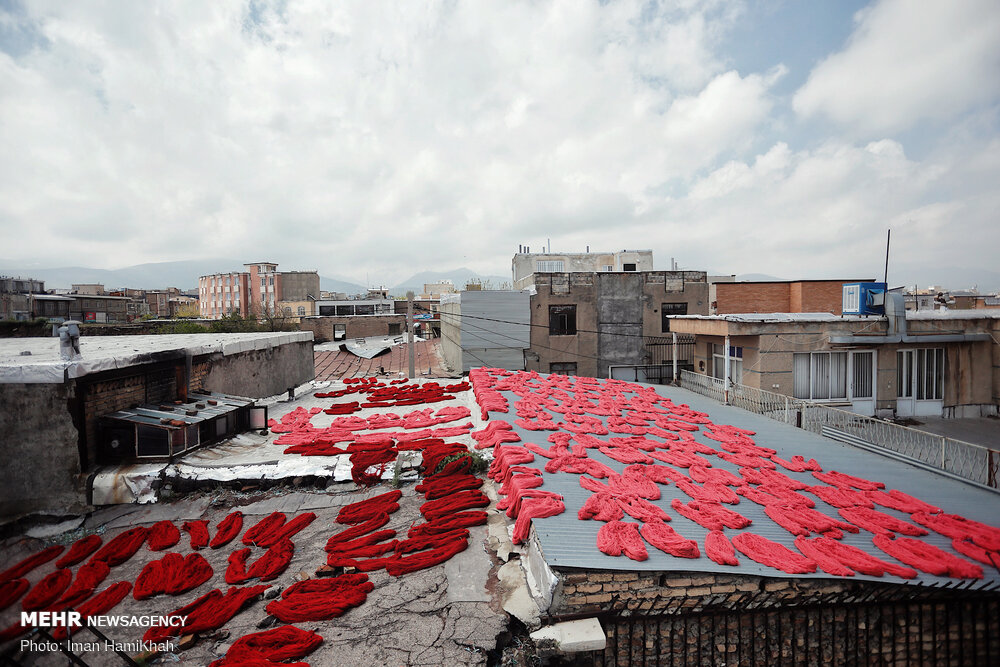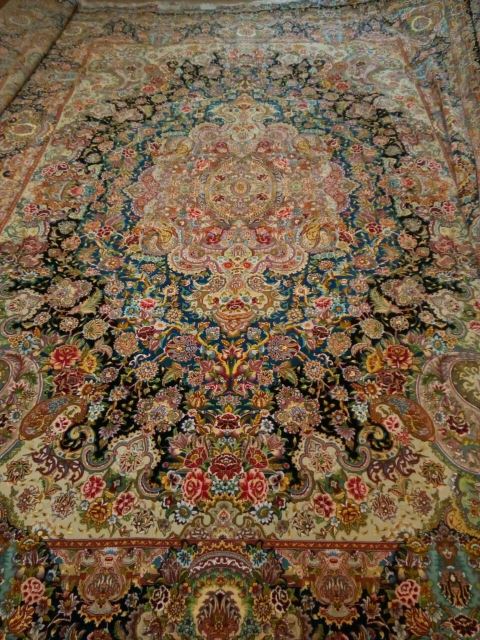Machine made carpets are tufted, woven, knitted, flocked or needle-punched. Most commonly tufting is used for machine-made carpets. Tufted carpets are made on machines where the yarn is stitched through a pre-constructed backing to form a loop or a tuft. To hold the loops in place, the back side of the carpet is coated with latex.
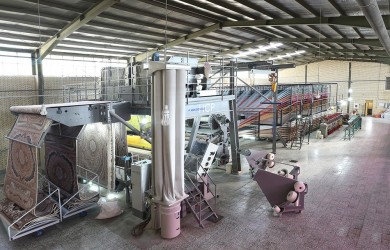
Tufting is the most inexpensive and fastest ways to manufacture a rug. Weavers can also control the tuft size making it possible to create carpets with varying patterns or surface textures.
There are three kinds of woven carpets: Velvet, Wilton and Axminster. Velvet is the least complicated of construction methods. Velvet carpets usually come in one solid coloured and a tweed effect may be noticed. Wilton carpets are more intricate. These are manufactured by using a Jacquard loom which can hold up to six different coloured of yarns. The Axminster method of weaving carpets produces the most elaborate designs with a wide variety of coloured.
• Knitted carpets are faster to make. In knitting, several sets of needles create loops and these are stitched together before the backing is applied. Knitted carpets come in solid or tweed and the pile may be of the same size or of varying heights.
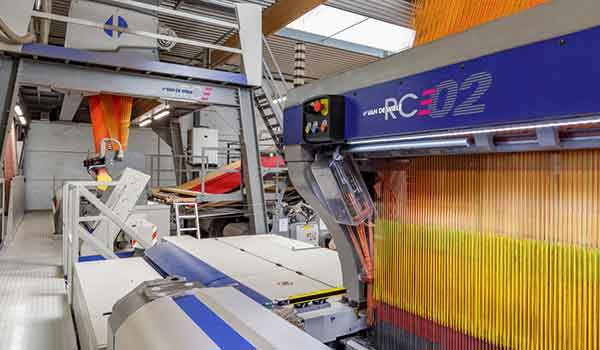
• Flocked carpets are similar to Velvet carpets in appearance. They have a dense cut pile of short fibres that are imbedded into an adhesive-coated backing.
• Needle-punching is similar to hand-hooking. Formerly used for indoor-outdoor carpets, this process is now being used for carpets that are only meant to be placed indoors as well. In needle-punching, fibres are locked into a packing by using hooked needles, which are further compressed.
The Manufacturing Process
The process of manufacturing tufted carpets can be explained in the following steps:
Step 1: Preparing the yarn
• First, the synthetic yarns arrive at the carpet manufacturer either in staple fibre form or in bulk continuous filament form
• The staple fibres, which are an average of 7 inches (18 cm) long are generally loose and are individual strands that arrive in bales. Several bales are blended together into one batch in a hopper.
• Then, these strands are lubricated and are spun into long, loose ropes called slivers by a carding machine. The slivers are then pulled, straightened, and spun into single yarn that is wound onto spools.
• Both the single-ply staple fibres (now spun into filament) and the bulk continuous filament is then twisted together to form thicker two-ply yarn suitable for tufting.
• The yarns are then steamed to bulk them, and then heated to 270-280°F (132-138°C). This heat setting causes the yarn to maintain its shape by fixing its twist. After cooling, these yarns are wound onto tubes and transported to the tufting machines.
Step 2: Dyeing the yarn
• Generally, most carpets are dyed after tufting yet sometimes the yarns are dyed first. The methods include putting 500-1,000 pounds (227-455 kg) of fibre into pressurized vats through which treated dyes are circulated, or passing the fibre continuously through the bath, or passing skeins of yarn through the vat of dye.
• The yarn can also be put on forms, and the heated dyes can then be forced under pressure from inside the forms to coloured the yarn.
• Another method passes the yarn through printing rollers, while yet another involves knitting the yarn onto a form that is then printed with dyes before the yarn is unraveled. All yarn that has been dyed is then steamed, washed, and dried.
Step3: Tufting the carpet
• At this stage, the yarn is put on a creel (a bar with skewers) behind the tufting machine and then fed into a nylon tube that leads to the tufting needle.
• The needle pierces the primary backing and pushes the yarn down into a loop. Photoelectric sensors control how deeply the needles plunge into the backing, so the height of the loops can be controlled.
• A looper, or flat hook, seizes and releases the loop of yarn while the needle pulls back up; the backing is shifted forward and the needle once more pierces the backing further on.
• Inorder to make a cut pile, a looper facing the opposite direction is fitted with a knife that acts like a pair of scissors, snipping the loop. This process is carried out by several hundred needles (up to 1,200 across the 12 foot [3.7 ml width), and several hundred rows of stitches are carried out per minute. Thus, one tufting machine can produce several hundred square yards of carpets per day.
Step 4: Dyeing the tufted carpet
• Solid coloured carpeting: For this carpet of several standard roll lengths is sewn together to make a continuous roll, which is then fed into a vat. The vat is filled with water, which is first heated before dyes and chemicals are mixed in. The mixture is then slowly brought to a boil and cooked for four hours approx.
• Another method of making solid coloured carpet is to sew several rows together to make one continuous roll, which is then fed under rods that bleed the coloured into the pile. After dyeing, the carpet is then steamed to fix the coloured, excess coloured is washed off, and the carpet is dried and put on a roll.
• Printed Carpets: Inorder to make printed carpet of various designs, white carpet passes under screens in which holes in the desired pattern have been cut. The desired coloured is squeezed through the holes in the screen, and the carpet is advanced 36 inches (91 cm) to a different screen that applies a new coloured in a different design through the screen. Up to eight coloureds can be applied with this method.
• Another method of dyeing printed carpet is to pass it under embossed cylinders that have raised portions in a design that press colour into the carpet. Each cylinder provides a different design for a different coloured. After dyeing, the printed carpet is steamed, excess dyes are washed off, and the carpet is then dried and put onto rolls to go to the finishing department.
Step 5: Finishing the carpet
• The ends of the dyed carpet are first sewn together to form a continuous belt. This belt is then rolled under a dispenser that spreads a coating of latex onto the bottom of the carpet.
At the same time, a strong secondary backing is also coated with latex. Both of these are then rolled onto a marriage roller, which forms them into a sandwich and seals them together. The carpet is then placed in an oven to cure the latex.
• The completed carpet is then steamed, brushed, vacuumed, and run through a machine that clips off any tufts that rise above its uniform surface. The carpet is then rolled into 120 foot (37 m) lengths that are then packaged in strong plastic and shipped to either the carpet manufacturer’s inventory warehouse or to a retail carpet store
